
https://www.nationalgeographic.com/science/2019/10/groundwater-pumping-killing-rivers-streams/
Interesting article regarding the sustainability and health of rivers across the world. The article mentions how issues of unregulated, excessive water removal from under ground aquifers affects rivers such as the Ganges. Its startling, how research predicts that by 2050, between 40 and 70% of all rivers would have reached an ecological threshold that we may not come back from. The biggest issue with excessive groundwater removal is that in cases like the San Pedro River in Arizona, much of the water’s volume actually comes from aquifer resources, which are then replenished by rain, runoff, etc. Thus, the more we pump out, the less water is available to sustain the rivers flow, and if the water levels drop enough, habitats and marine life are in serious danger. This article I think is somewhat fitting, given that we had the presentation for the DRBC and have had discussions regarding river health.
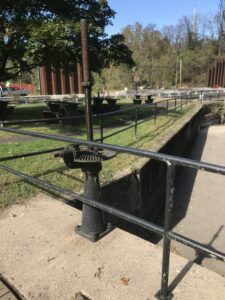
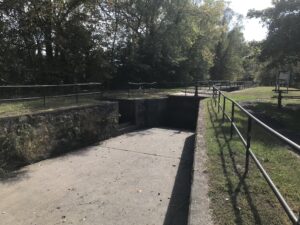
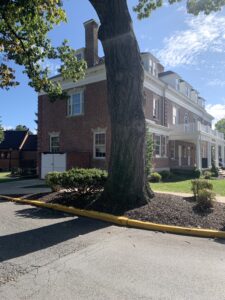
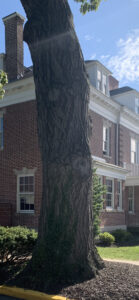


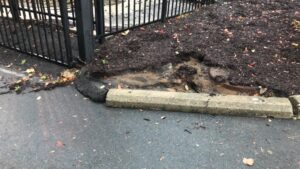

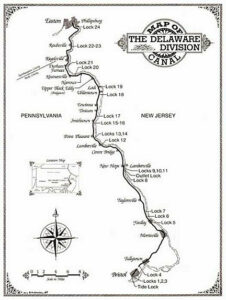
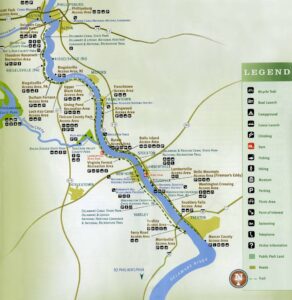

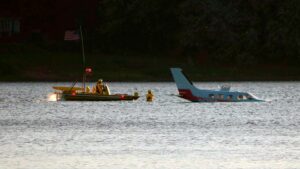 https://www.google.com/amp/s/www.abc27.com/news/local/harrisburg/plane-remains-stuck-in-susquehanna-river-days-after-crash-landing/amp/
https://www.google.com/amp/s/www.abc27.com/news/local/harrisburg/plane-remains-stuck-in-susquehanna-river-days-after-crash-landing/amp/
